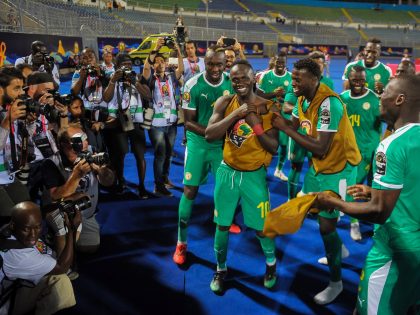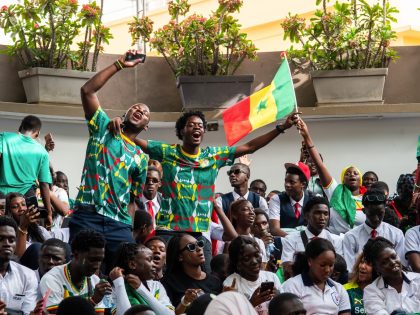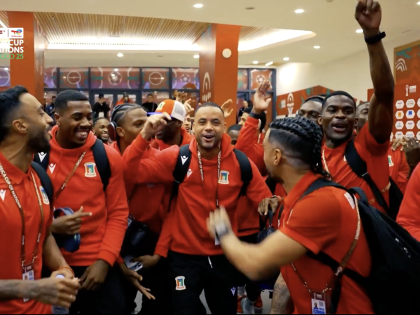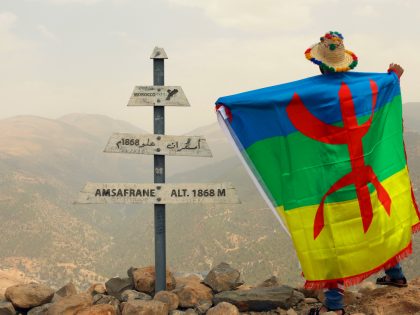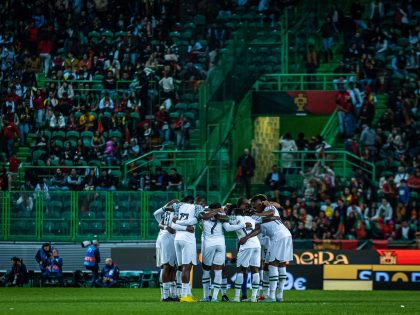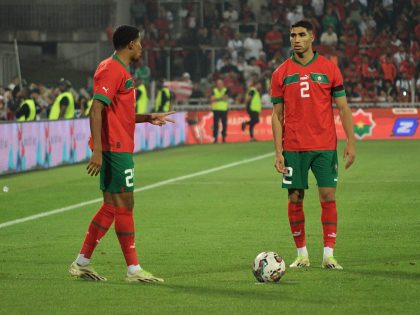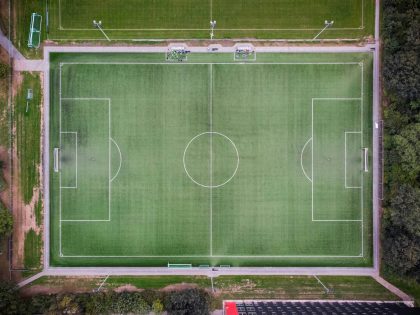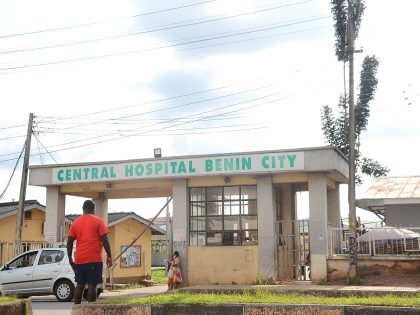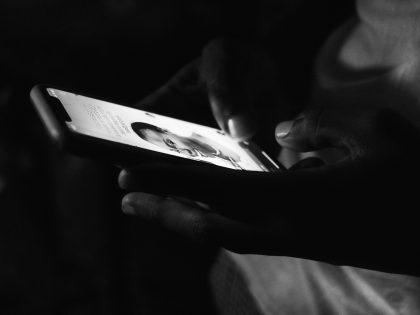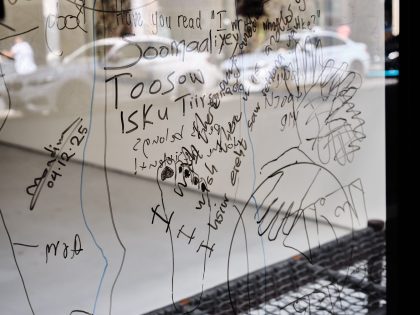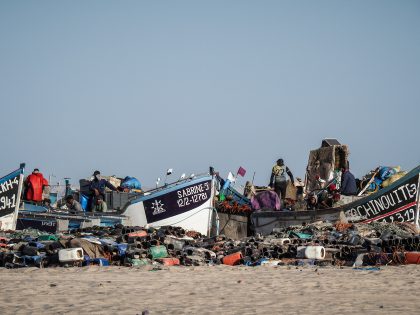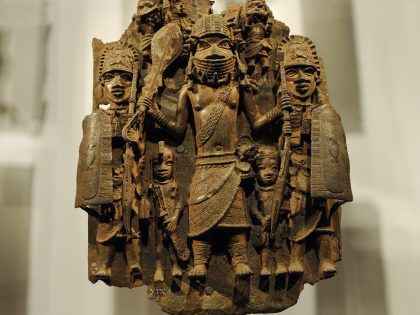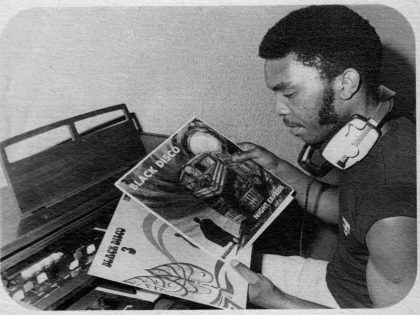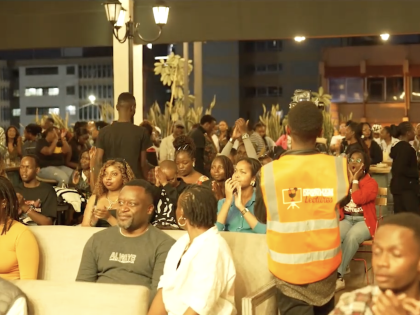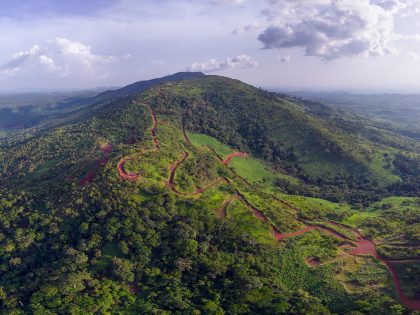Photographing Liberia
The latest entrant to our series where we ask photographers to talk to us about their five favorite images, is Glenna Gordon.

All images by Glenna Gordon.
We will pretend we did not see Alex Perry’s clichéd description of Liberia (including a reference to Liberian Kreyol as “a patois that is both thuggish and warm”) to accompany a Time LightBox feature on the work of photographer Glenna Gordon. So we will concentrate on Glenna’s work instead. Glenna, we interviewed her here about her favorite photographers – writes about her work: “I have now been working in Liberia for the better part of the past three years, and while much of the work I do is for publications or organizations, the work I feel most strongly about is my own documentary project which focuses on understanding Liberia’s past and desire to embrace the present.” Along with the images, which includes a series on the recent presidential elections in Liberia, Glenna sent sent us some context.
Liberia’s civil war ended nearly a decade ago and the country is, at least nominally, peaceful. Some things are getting better for some people. But after so many years of conflict, no one makes plans for the future. I first visited Liberia in January 2009, and since then, signs of progress assure donors and investors that their money is well spent. A couple of times a year, the government and businesses put a fresh coat of paint over all the buildings along the main roads. They paint over the mold and the wet, but in the soupy tropical air, the quick coating won’t keep the walls clean. Freed American slaves came to Liberia in the 1820s. They called themselves the Americos. They wore top hats and hoop skirts despite the hot West African sun. They brought antebellum inequality with them, but this time, they were in charge. The indigenous people of Liberia became second-class citizens in their own country. More than a hundred years of grievances led to a coup and political unrest in the 1980s, followed by a civil war that lasted fourteen years, displaced a third of the country and left 200,000 dead. In a country of just three million people, no one was untouched. After the war, a theatrical Truth and Reconciliation Commission did nothing meaningful to address crimes and wrongs and the current leadership, the internationally adored Ellen Johnson Sirleaf, is a sheep in wolf’s clothing. Liberia’s future is uncertain. People are desperate to move forward, but often at the cost of ignoring the past. The past will always out; fixing the surface doesn’t fix the problem. In my work, I seek traces of war wounds – psychological and physical – and examine the devices improvised to hide the hurt and embrace the present. I seek out signs of a time before the conflict, where a romanticized past is still visible. I try to understand what it means to live today without thoughts of tomorrow.

Above is former footballer George Weah, and his running mate Wilson Tubman and their attaché sitting at a campaign rally.
Following is a photograph of a signboard depicting UN Secretary-General Ban Ki-moon, EU president Herman Van Rompuy, UK Prime Minister David Cameron [or is it economist Jeffrey Sachs?] and President Ellen Johnson Sirleaf ‘saving’ Liberia (taken in October 2011).
Below, “the Armed Forces of Liberia kept watch as United Nations helicopters circled before the announcement of election results. Many feared Liberia would descend back into violence and war” (October, 2011).
Finally, “a shop in central Monrovia, Liberia, selling wedding dresses also rents them out for $150 a day, which includes the price of dry cleaning. Most Liberians live on less than a dollar a day. While the female president of Liberia, Ellen Johnson Sirleaf, is internationally lauded as a champion of women’s rights, within Liberia women and girls still live with the daily threats of violence and rape” (December 2009).



